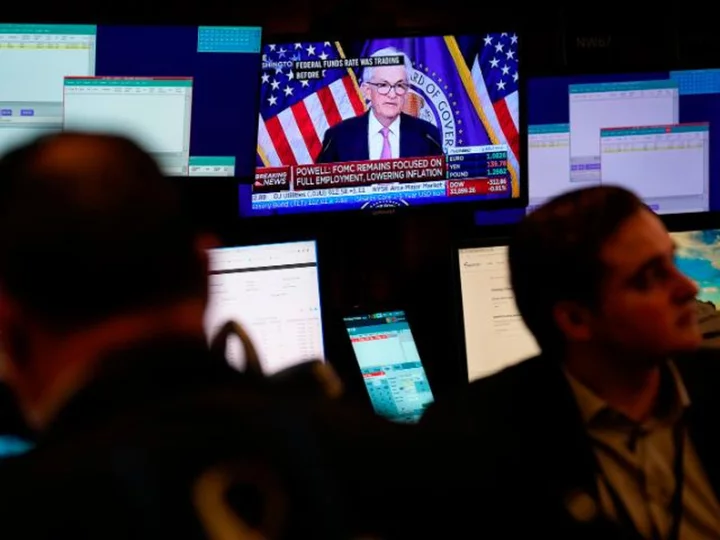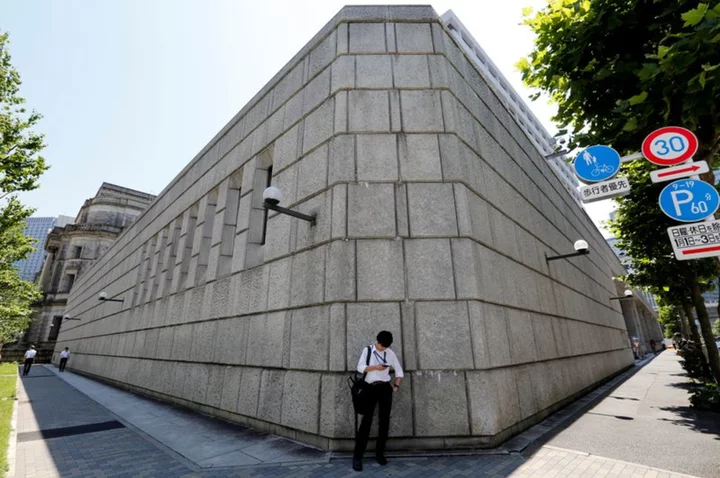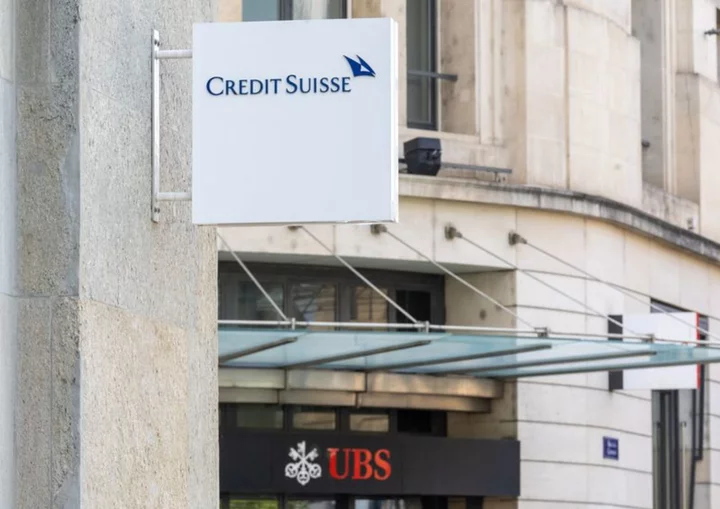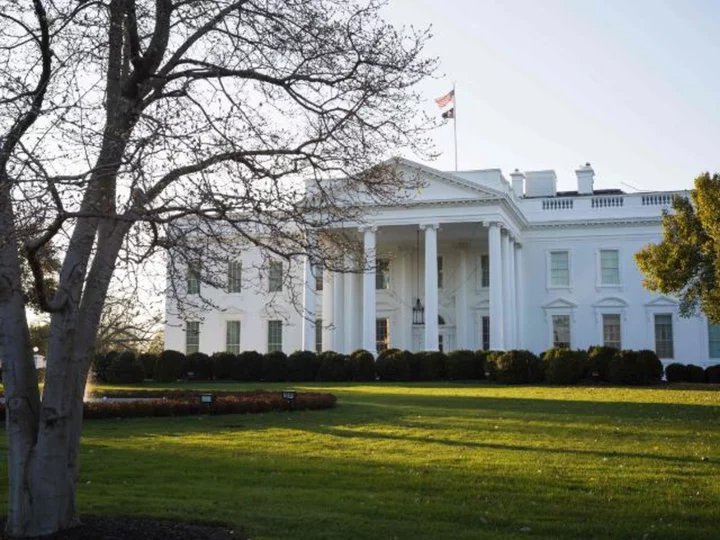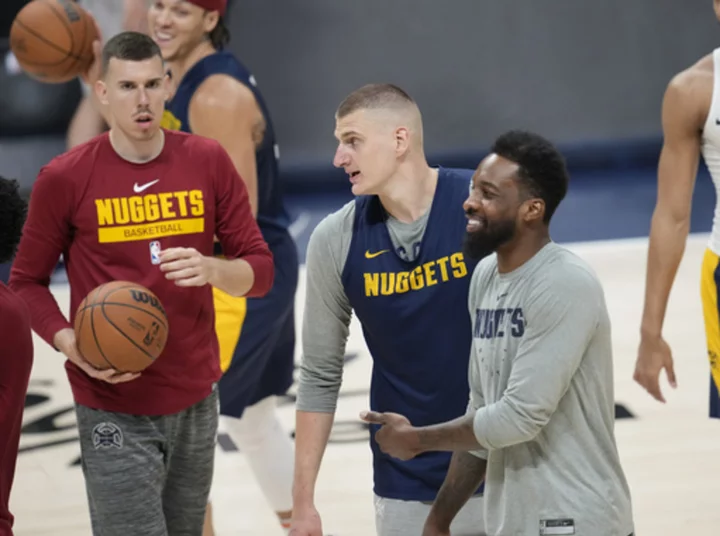Confession: I am not the biggest basketball fan. But when March Madness comes around I am glued to multiple screens even if my bracket is busted after the first day.
I live for games where a team 20 points behind makes a miraculous comeback to within a few points with just seconds left in the game.
Prudent coaches will save one of the four timeouts they're allotted the entire 40-minute game for moments like these. The coaches and players huddle together in organized chaos as the head coach delivers what could be the final play of the season.
The game resumes. And then with fractions of a second left, the team that you and everyone else were willing to bet money on losing scores a game-winning buzzer-beater.
On Wednesday, the Federal Reserve decided to take its own timeout to set a game plan for July's decision on whether to hike interest rates. But I'm skeptical it will make a buzzer-beating shot when its game resumes.
Powell's justification for the pause
After hiking interest rates 10 times over the past 15 months, Fed officials voted to take their first pause earlier this week.
Chair Jerome Powell said the monetary policy committee made the decision to have more time to evaluate the full effects that the central bank's rate hikes have had on the economy so far.
"We don't know the full extent of the consequences of the banking turmoil that we've seen," he said Wednesday in a post-meeting press conference, noting that the pause will give Fed officials "some more time to see that unfold."
And while the Fed's cumulative 5 percentage points hike helped lower inflation from 9.1% to 4%, Powell said the central bank is at a pivotal point where the risks of hiking rates too high are on par with leaving rates too low.
It's an ugly predicament.
If the Fed raises rates too high, businesses and individual consumers could cut back on spending so significantly that employers have to lay off masses of workers, sparking a recession.
But if the Fed doesn't raise rates high enough, it may never get inflation back to its 2% target. That's because consumers wouldn't have an adequate reason to stop spending money, which would funnel right back into higher prices.
So I get why the Fed is doing what a prudent basketball coach would do at a high-stakes moment. At the same time, I don't understand what the Fed could possibly learn about the economy in six weeks that it doesn't already know.
The labor market is cooling, ever so slightly
Among other important pieces of data, the Fed will have a new month's worth of employment data to evaluate before it meets from July 25 to 26.
Barring another pandemic that shuts down the economy, I don't think the Fed will see any deep cracks in the labor market that would cause it to think twice about another rate hike.
Month after month, the jobs report data exceeds economists' expectations.
Last month, economists were expecting 190,000 new jobs. That would have been a sizable decline from April, when 294,000 jobs were added. But to the shock of many, the Bureau of Labor Statistics reported employers hired 339,000 new workers.
Since the start of this year, employers hired 314,000 new workers each month on average. That's down from last year's monthly average of 400,000 new jobs.
Instead, tiny but growing cracks in the labor market are starting to show up in weekly jobless claims numbers.
The number of Americans who applied for unemployment benefits last week remained at the highest level since October 2021. The Fed will likely not be too shocked if the weekly jobless claims data between now and the next meeting shows that even more people applied for unemployment benefits.
These signs of a cooling labor market are appearing a year after the Fed began its tightening cycle in March 2022. That's not a coincidence. Economists have long argued that there's a lag effect of at least 12 months from when the Fed acts to when its actions are felt across the economy.
The Fed will also be paying close attention to fresh data on job openings and wages.
Powell has consistently said he wants to see the number of job openings per unemployed person come down. That would help put downward pressure on wages, which have stayed elevated as employers continue to struggle with filling vacancies. When employers increase wages, people have more money to spend — which allows businesses to increase prices of goods and services.
In March, Powell's wish came true. Job openings fell to the lowest level in nearly two years. The ratio of open jobs to the number of unemployed Americans declined to 1.67. That also marked the third straight month of decline in job openings.
But some of that progress was erased in April, when job openings unexpectedly rose, pushing the ratio to 1.79, according to initial estimates from the BLS' Job Openings and Labor Turnover Survey.
The inconsistency from March to April gives the Fed a good reason to want more time to think before acting on interest rates in July. Nevertheless, it's hard to conceive that job openings will change so drastically in one month that it gives the Fed a better sense of what's going on.
On wages, a crucial tranche will come from the Employment Cost Index report. But the Fed won't have access to that data at its July meeting since it will be released just two days later. (The BLS confirmed to CNN that the Fed won't get any advance information before the report is released to the public.)
The most recent ECI report showed that wages rose by 1.2% in the first quarter of the year. That's down ever so slightly from the September 2021 peak of 1.4%.
And if increases in average hourly earnings coming from the monthly unemployment report are any indication of what the ECI report will show, it's safe to say the pace of wage increases won't slow in the second quarter.
The final missing puzzle piece
In addition to second-quarter GDP data, which is due at the end of this month, the Fed will have another month of inflation data to analyze.
It took a year to get this far with inflation. Six weeks surely won't move the needle.
Unlike the college basketball team, the Fed isn't down by a couple of points with a foreseeable shot at victory once the game resumes. Team Fed is catching up to their opponent, but they have a lot of time left in the game.
Perhaps they should save more timeouts for the final push.

